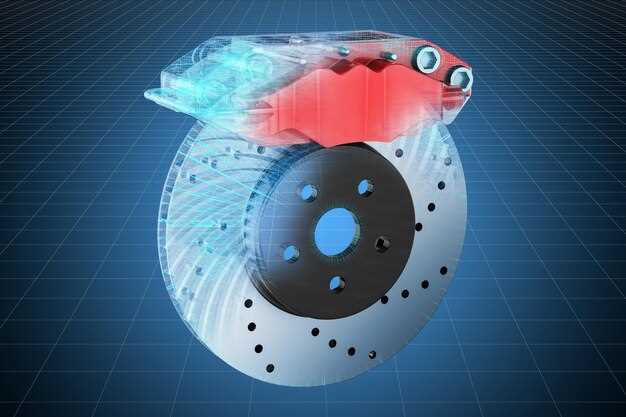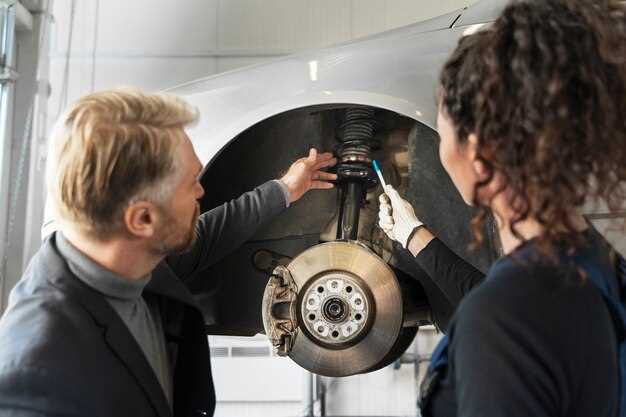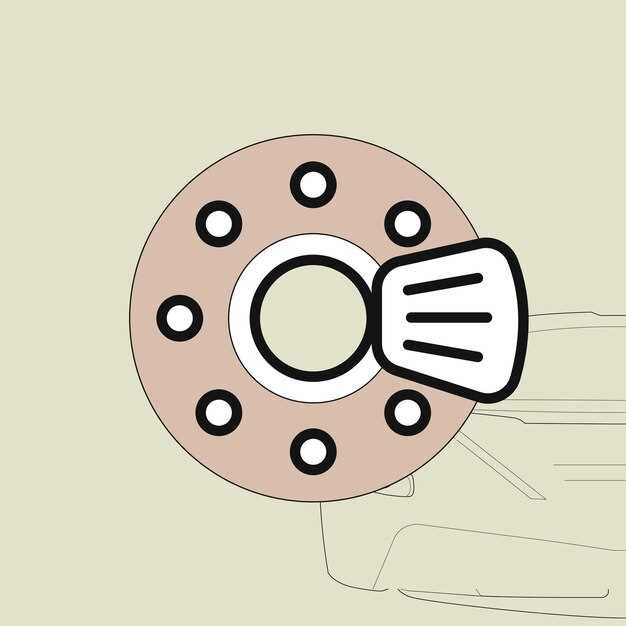
The Toyota regenerative braking system represents a groundbreaking advancement in hybrid vehicle technology. This innovative braking mechanism not only enhances the efficiency of Toyota’s hybrid models but also significantly contributes to energy conservation. By capturing kinetic energy during braking, the system transforms it into electrical energy that can be stored for later use, leading to improved fuel efficiency and reduced emissions.
One of the primary advantages of the Toyota regenerative braking system is its ability to optimize energy use. Traditional braking systems waste energy in the form of heat when slowing down a vehicle. In contrast, the regenerative braking technology enables Toyota hybrids to recover this energy, allowing drivers to enjoy a smoother ride while also benefiting the environment. This process not only increases the overall range of the vehicle but also extends the lifespan of the braking components, reducing maintenance needs.
Furthermore, the Toyota regenerative braking system enhances driving experience and control. By integrating seamlessly with conventional braking systems, it provides superior stopping power and stability. Drivers can appreciate the responsiveness of their Toyota hybrids, gaining confidence in various driving conditions. Ultimately, this system exemplifies Toyota’s commitment to sustainable innovation while delivering practical advantages to everyday drivers.
How Regenerative Braking Improves Fuel Efficiency in Toyota Hybrids
Regenerative braking is a pivotal technology utilized in Toyota hybrid vehicles that enhances fuel efficiency by recovering and reusing energy that would otherwise be lost during braking. In traditional vehicles, braking generates friction that dissipates energy as heat. However, Toyota’s regenerative braking system captures this kinetic energy and converts it into electrical energy, which is then stored in the hybrid’s battery for future use.
When the driver applies the brakes, the electric motor operates in reverse, acting as a generator. This process not only slows down the vehicle but also transforms the energy from the vehicle’s motion into electrical power. The stored energy can subsequently assist in powering the electric motor, aiding acceleration, or reducing reliance on the gasoline engine during low-speed driving and stop-and-go traffic, ultimately leading to less fuel consumption.
The synergy between the gasoline engine and the electric motor in Toyota hybrids further amplifies the benefits of regenerative braking. By utilizing the stored electrical energy during acceleration, the hybrid system minimizes engine load, which contributes to improved fuel efficiency. The reliance on electric power allows for extended periods of operation on battery alone, thereby reducing overall fuel usage and emissions.
In summary, regenerative braking plays a crucial role in enhancing the fuel efficiency of Toyota hybrids. By effectively harnessing energy that would traditionally be wasted, this advanced system not only improves performance but also helps drivers save on fuel costs and reduce their environmental impact.
The Impact of Regenerative Braking on Vehicle Maintenance Costs

The regenerative braking system implemented in Toyota hybrid vehicles offers significant advantages not only in energy efficiency but also in terms of maintenance costs. By harnessing energy during braking, this system reduces wear on traditional braking components, leading to fewer replacements and lower long-term expenses.
One of the primary benefits of regenerative braking is its ability to extend the lifespan of brake pads and rotors. In conventional vehicles, frequent braking results in rapid degradation of these components. However, Toyota’s regenerative system mitigates this by converting kinetic energy into electrical energy, which is stored in the battery rather than being dissipated as heat. This process diminishes the frequency of brake use, resulting in less wear and tear, and saving drivers from the cost of premature brake replacements.
Additionally, the overall maintenance schedule can be less intensive for hybrid vehicles equipped with regenerative braking. As less mechanical friction is involved, there are fewer components that require regular inspection and replacement. This reduction in maintenance needs not only lowers service costs but also minimizes the time spent in service centers, providing added convenience for vehicle owners.
Moreover, with the integration of advanced technology in Toyota hybrids, such as electronic control systems and sensors, potential issues can be identified early, allowing for proactive maintenance that further keeps costs down. This predictive maintenance capability ensures that problems are addressed before they escalate, leading to savings on repairs and extended vehicle lifespan.
In conclusion, the regenerative braking system in Toyota hybrids significantly impacts vehicle maintenance costs. By reducing wear on traditional braking components, facilitating a simplified maintenance schedule, and enabling proactive service options, this innovative technology proves to be economically beneficial for drivers in the long run.
Real-World Performance: User Experiences with Toyota’s Regenerative Braking

Many users of Toyota’s hybrid vehicles report a significant positive experience with the regenerative braking system. This technology enhances braking efficiency by converting kinetic energy into electrical energy, which is then stored in the vehicle’s battery for later use. Many drivers notice a smoother deceleration during normal braking, which not only improves comfort but also contributes to the overall performance of the vehicle.
Feedback from Toyota owners often highlights how the regenerative braking system enhances driving experience in urban environments. Frequent stop-and-go situations allow the hybrid system to recharge its battery effectively, leading to improved fuel efficiency. Users appreciate that this system helps reduce the wear on traditional brake components, extending their lifespan and decreasing maintenance costs.
Another positive aspect noted by drivers is the intuitive nature of the regenerative braking function. Most users find that the system engages seamlessly, integrating into their driving habits without requiring additional effort. Several owners mention that they quickly adapt to the regenerative feel, enjoying the heightened responsiveness of the braking system while contributing to their vehicle’s overall eco-friendliness.
While some drivers initially express concerns about the lack of traditional brake feedback, they soon recognize the benefits of the regenerative system. Many report that the ability to operate the vehicle in electric mode during low-speed situations further enhances driving satisfaction. Overall, the combination of responsive braking and energy efficiency makes Toyota’s hybrid vehicles stand out in user experiences.
